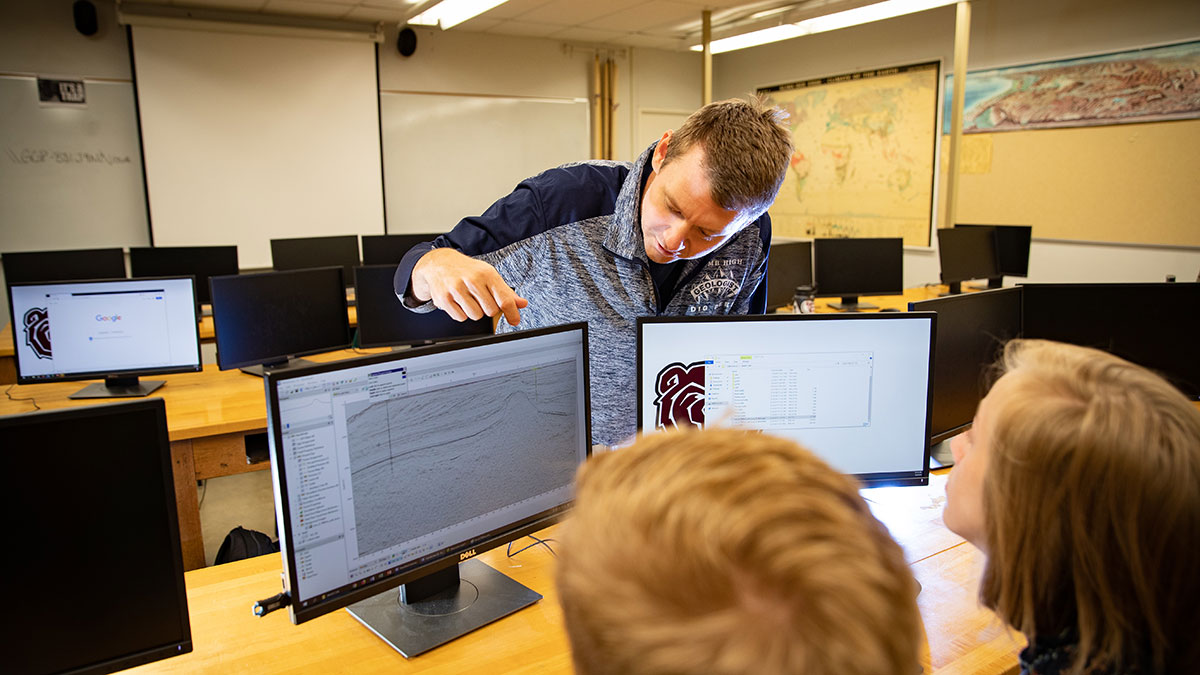Like us, rocks are always on the move. But at a much slower pace.
Rocks at the base of Earth’s crust rise to the surface over time.
The length of time the unburial process takes remains unknown in most mountain regions.
Dr. Matt McKay, assistant professor of geology, studies how that length of time shapes the construction of the western United States.
“Knowing how long it took you to reach a destination would allow me to guess how you traveled there, like if you took a bike it would take longer than if you drove a car,” McKay said. “In the same way, knowing how long geologic features take to form allows us to infer the processes required to build them.”
He traces the rocks’ history to understand how they reached their current states.
McKay recently received a four-year grant from the National Science Foundation’s Earth Sciences Tectonics Program to aid in his research.
About his research
Geologically speaking, the Pacific Northwest of the United States is very young.
Most of the rocks in the region were once part of a volcanic island chain.
Over time, the islands merged with North America. The roots of those islands later rose to the surface.
To determine how long their unburial took, McKay analyzes rocks in the Seven Devils Mountains and Salmon River Mountains of western Idaho.
“The rocks in those mountains were once as deep as 20 miles beneath the surface of the Earth. By studying rocks that have traveled from deep within the Earth, we can investigate the mechanics at play in Earth’s crust,” McKay said.
McKay collaborates with Dr. Sean Long of Washington State University on the research.
Two graduate students at Missouri State University and one Ph.D. student at Washington State University assist them with their joint efforts.
Building towards future growth
McKay is part of a research team at the university that will be leading an educational program to teach high school students in Idaho and Oregon about the rocks around their hometowns.
In the next decade, the number of geology jobs will grow faster than universities can train students, McKay anticipates.
“By reaching out to the next generation of scientists, we hope to help build the next generation of geologists that our society needs,” McKay said.
McKay highlights that geologists help locate materials used to build electronics and industrial equipment, like concrete. Protecting ground resources also allows geologists to protect water resources.
“Geologists are crucial for modern life,” McKay said. “They help provide the energy that fuels our world.”

